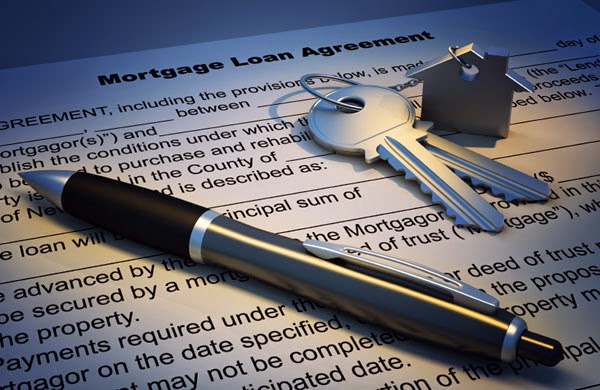A mortgage – a loan to finance the purchase of your home – is likely the largest debt you’ll ever take on. A mortgage is actually made up of several parts – the collateral you used to secure the loan, your principal and interest payments, taxes and insurance.
Since most mortgages last 15 to 30 years of monthly payments, it helps to understand the working parts.
Collateral
When you agree to a mortgage, you’re signing a legal contract promising to repay the loan plus interest and other costs. Your home is collateral for that loan.
If you don’t repay the debt, the lender has the right to take back the property and sell it to cover the debt, a process known as foreclosure. In a foreclosure, you will lose your home and you will likely damage your credit rating, affecting your ability to buy a new home in the future.
Principal and Interest
The principal is simply the sum of money you borrowed to buy your home. To lower your principal amount upfront, you can put down a percentage of the home’s purchase price as a down payment. Typically, lenders require you to make a down payment equal to 20 percent of the home’s purchase price to get a mortgage.
Interest is what the lender charges you to use the money you borrowed, usually expressed as a percentage called the interest rate. In addition to the interest rate, the lender could also charge you points and additional loan costs. Each point is one percent of the financed amount and is financed along with the principal.
Principal and interest comprise the bulk of your monthly payments in a process called amortization, which reduces your debt over a fixed period of time. With amortization, your monthly payments largely go toward paying off the interest in the early years, and gradually reduce the principal later on.
Taxes
In addition to your principal and interest, your mortgage payment will likely include taxes. The taxes are property taxes your community levies based on a percentage of the value of your home. These taxes generally go towards financing the costs of running your community – for example, to build and maintain schools, roads and other infrastructure, and to provide certain public services.
Generally, if your down payment is less than 20 percent, your lender considers your loan riskier than those with larger down payments. To offset that risk, the lender sets up an escrow account to collect those additional expenses, which are rolled into your monthly mortgage payment.
Even if you don’t have an escrow account, you’ll likely have to pay property taxes as long as you live in your home.
Insurance
Lenders won’t let you close the deal on your home purchase if you don’t have home insurance, which covers your home and your personal property against losses from fire, theft, bad weather and other causes.
If your home is in a federally designated high flood-risk zone within a flood plain and you are signing for a federally insured loan, federal law mandates that you must buy flood insurance.
If you choose a conventional loan and put down less than 20 percent of your home’s total value at closing, your lender will likely require you to pay private mortgage insurance. PMI protects the lender from you defaulting on the mortgage. You will have to make PMI payments for two years or until your mortgage balance shrinks to 78 percent of the home’s original purchase price.
If you choose a loan backed by the Federal Housing Administration, you will have to pay mortgage insurance. Mortgage insurance works the same as PMI, however, you will have to make these payments for 11 years or for the life of the loan, depending on your loan terms and down payment amount.


.jpg)








1 comments:
wow brilliant work ty
Post a Comment